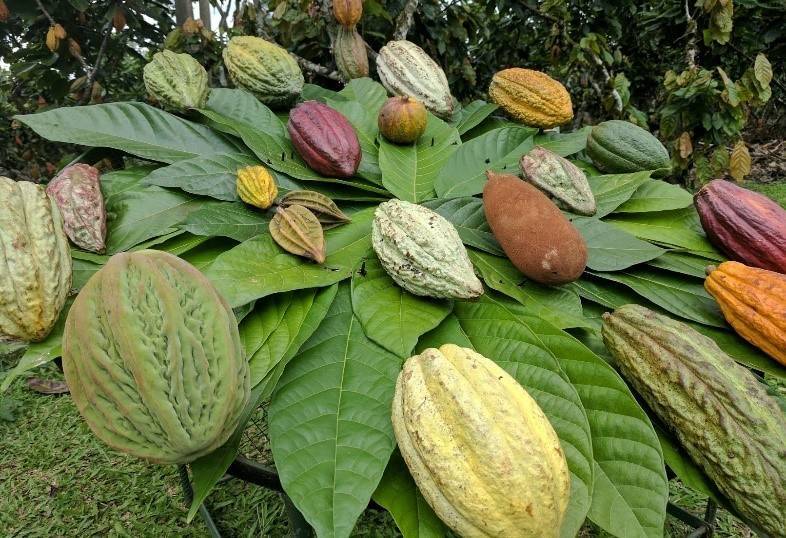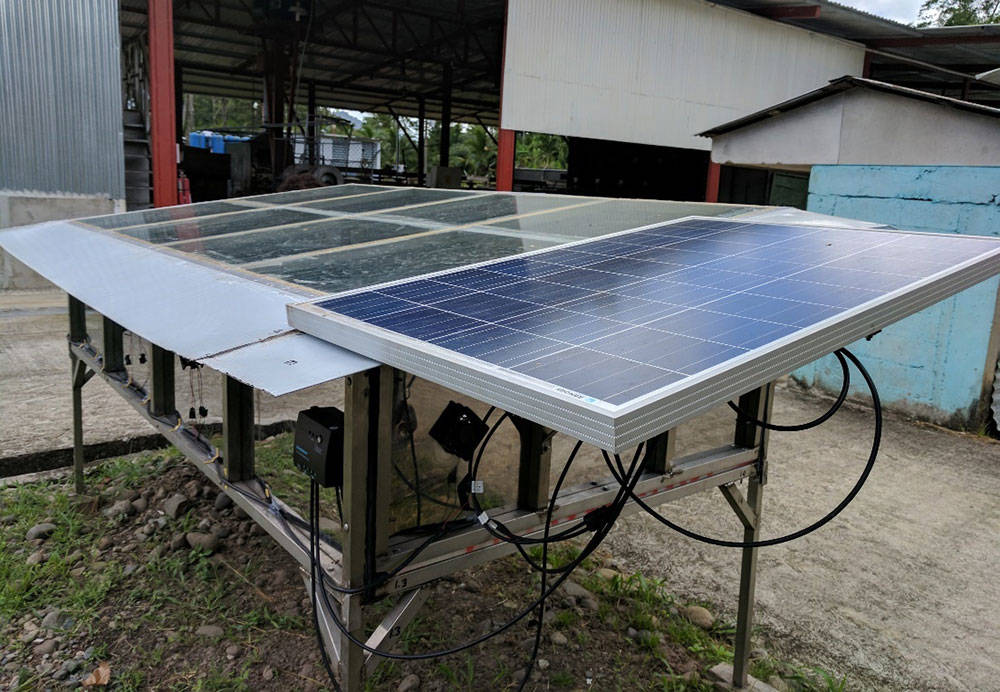
Context and objectives
The Caribbean region in Costa Rica and Panama, where cocoa production is mostly based, is characterized by its vulnerability to extreme weather events, high levels of poverty and limited opportunities. Production declined in the past – despite the demands of high quality cocoa – due to diseases that severely affected the crop. It is in this context that the project, aimed at strengthening quality and productivity, in a framework of analysis and participatory work with all relevant actors, has taken place.
In the cultivation of cocoa, productivity and quality must go hand in hand, due not only to market demands but also to producers’ expectations to improve their livelihood. The transport of freshly harvested cocoa for long hours and in rudimentary containers decreases the total quality, significantly affecting the income of families. Within this framework, the initiative seeks to strengthen the quality of life of families dedicated to cocoa production, and reduce to their vulnerability to extreme hydrometereological events.

The proposed solution
The optimization of fermentation and drying, which have an impact on the final quality of cocoa, constitute the central axis of the project. Led by the National University of Costa Rica and supported by FONTAGRO, it had as main actors two organizations of cocoa producers: APPTA and COCABO, located in Talamanca in Costa Rica and Bocas del Toro in Panama.
Within this framework, the design of small-scale solar dryers that can allow fermentation and drying of cocoa in situ (particularly in communities far from processing centers), contribute not only to the quality of the final product but also to the economy of producers. The scaling-up of this technological solution can change for good the quality and profitability of the crop.
The project worked and directly benefited 60 producing families, who were present in the training, demonstrations, participatory analysis of risks derived from climate variation and in the design, construction and testing of solar dryers. The information and experiences generated have been accessible to 3,000 producers, who will have available the tasting guides and good practices for fermentation and drying.
Main results
- Solar drying pilot systems with photovoltaic panels were designed and built, with the goal of minimizing reported losses of up to 50%. The dryers have the capacity to process 200 kg / week.
- A state-of-the-art genomic analysis allowed the identification of microbiological variability and more efficient organisms for the production of inoculums.
- Participatory workshops allowed analyzing risks of disasters associated with extreme phenomena or changes in the regional climate.
- The project generated tasting and good practice guides for fermentation and drying, easily interpreted and available to all concerned
- Producers received training to recognize sensory profiles and differentiation of cocoa qualities.
- The project activated a network of professionals, with responsibility for the production, beneficiation and commercialization of cocoa in the regions of interest.




